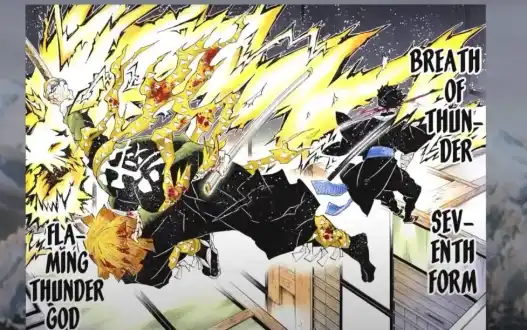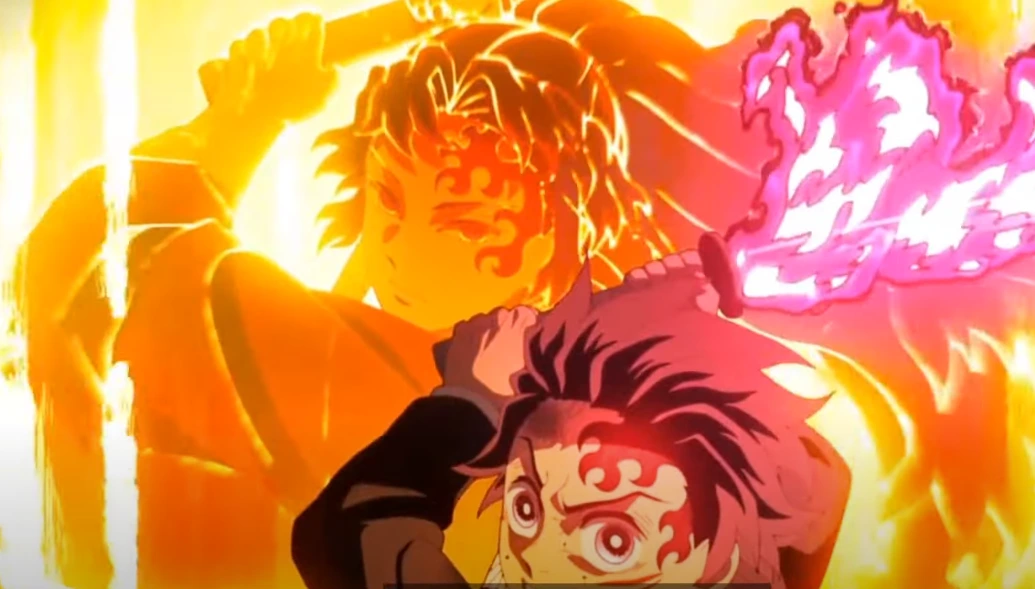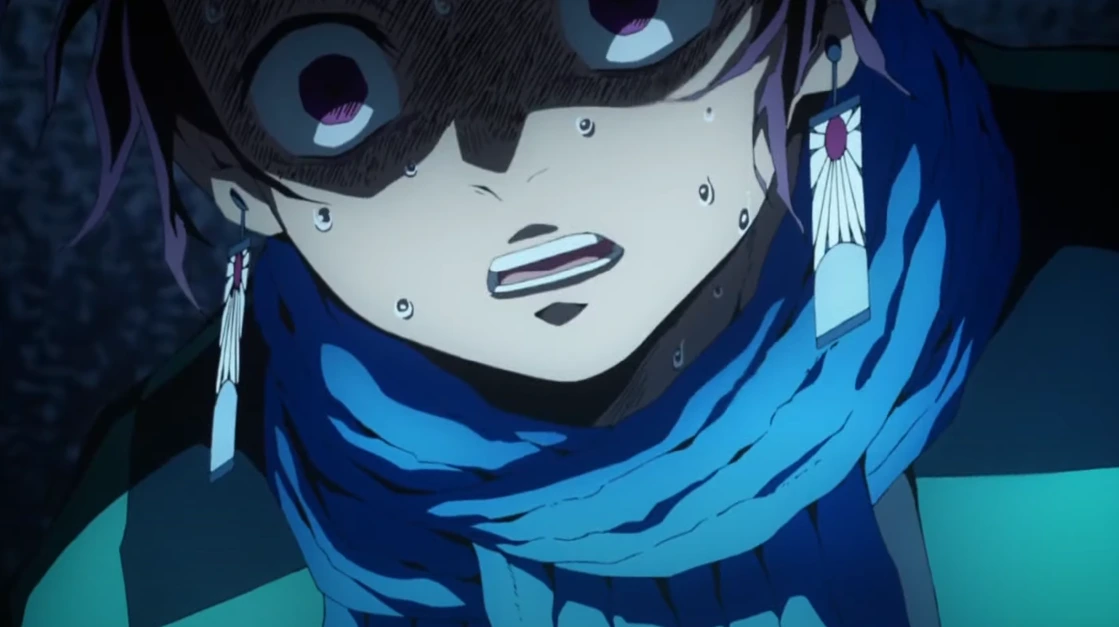Understanding Demon Slayer Breathing Styles: Techniques and Importance
By Anime Fever Zone Modified 1 year ago

Discover the crucial role of Breathing Styles in the Breathing Styles are integral to the arsenal of every Demon Slayer within the Corps. These specialized combat techniques not only enhance physical abilities but also form the backbone of demon-slaying missions. Derived from elements of nature, each Breathing Style offers distinct forms and movements that amplify a Slayer's prowess in battle.
Table Of Contents
The Essence of Breathing Styles
Breathing styles are essentially specialized techniques that allow Demon Slayers to maximize their physical and mental capabilities. By employing specific breathing patterns, they increase their lung capacity, which in turn boosts the oxygen levels in their blood. This physiological enhancement enables them to perform extraordinary feats of strength, speed, and endurance, effectively leveling the playing field against demons endowed with supernatural powers. The most notable technique associated with this is Total Concentration Breathing, which can be maintained indefinitely with rigorous training. This technique is not merely a gimmick; it is the foundation upon which all other combat abilities are built.
Origins and Variations of Breathing Styles
The origins of these breathing styles can be traced back to Sun Breathing, the first and most powerful technique developed by Yoriichi Tsugikuni. Sun Breathing serves as the archetype from which all other styles are derived. As students of Yoriichi sought to create their own unique techniques, they adapted Sun Breathing into various elemental forms, resulting in a rich tapestry of styles that reflect different aspects of nature. The five primary elemental styles—Water, Flame, Thunder, Wind, and Stone—are among the most commonly practiced by Demon Slayers today.
Each breathing style has its own distinct characteristics and applications. For instance, Water Breathing is known for its fluidity and adaptability, allowing users like Tanjiro Kamado to execute graceful yet powerful attacks that flow seamlessly into one another. In contrast, Flame Breathing is characterized by its aggressive offensive capabilities, enabling practitioners like Kyojuro Rengoku to unleash devastating strikes that embody the ferocity of fire.
Each breathing style has its own distinct characteristics and applications. For instance, Water Breathing is known for its fluidity and adaptability, allowing users like Tanjiro Kamado to execute graceful yet powerful attacks that flow seamlessly into one another. In contrast, Flame Breathing is characterized by its aggressive offensive capabilities, enabling practitioners like Kyojuro Rengoku to unleash devastating strikes that embody the ferocity of fire.
The Narrative Significance of Breathing Styles
The importance of these breathing styles extends beyond mere combat effectiveness; they also serve as a narrative device that highlights character development. As characters progress through their journeys, they often face challenges that force them to refine or even reinvent their breathing techniques. This evolution mirrors their personal growth and struggles against overwhelming odds. For example, Tanjiro's journey from a novice to a skilled swordsman involves mastering Water Breathing while also exploring his heritage through Sun Breathing techniques inherited from his family.
Moreover, the visual representation of these breathing styles in the anime adds depth to their significance. The elemental effects depicted during battles—such as waves for Water Breathing or flames for Flame Breathing—are not just aesthetic embellishments; they symbolize the spirit and essence of each technique. Although these effects are not literal manifestations of elemental powers, they serve to enhance the emotional impact of each fight scene and convey the intensity of the characters' struggles.
Moreover, the visual representation of these breathing styles in the anime adds depth to their significance. The elemental effects depicted during battles—such as waves for Water Breathing or flames for Flame Breathing—are not just aesthetic embellishments; they symbolize the spirit and essence of each technique. Although these effects are not literal manifestations of elemental powers, they serve to enhance the emotional impact of each fight scene and convey the intensity of the characters' struggles.
Diversity and Individuality Among Techniques
While there are fourteen known breathing styles in Demon Slayer, each one offers unique advantages and challenges. Some styles are more versatile than others, allowing practitioners to adapt to various combat scenarios effectively. For instance, Thunder Breathing emphasizes speed and agility, making it difficult for opponents to counter attacks swiftly delivered by users like Zenitsu Agatsuma. On the other hand, Stone Breathing focuses on stability and defense, providing a balanced approach that can withstand powerful assaults while delivering strong counterattacks.
The diversity among breathing styles also fosters a sense of individuality among characters within the series. Each practitioner often develops a signature technique or form that reflects their personality and fighting style. This personalization not only enriches character arcs but also contributes to the overall narrative complexity of Demon Slayer. As viewers witness characters struggle with their limitations and strive to master their respective techniques, they become more invested in their journeys.
The diversity among breathing styles also fosters a sense of individuality among characters within the series. Each practitioner often develops a signature technique or form that reflects their personality and fighting style. This personalization not only enriches character arcs but also contributes to the overall narrative complexity of Demon Slayer. As viewers witness characters struggle with their limitations and strive to master their respective techniques, they become more invested in their journeys.
Conclusion: The Heart of Demon Slayer
In conclusion, understanding breathing styles in Demon Slayer goes beyond recognizing them as mere combat techniques; it involves appreciating their role in character development and narrative progression. These techniques embody the spirit of perseverance against insurmountable odds while showcasing each character's unique strengths and weaknesses. Through rigorous training and personal growth, Demon Slayers harness these breathing styles to confront demons and protect humanity.
As fans continue to explore this captivating world, it becomes clear that breathing styles are not just essential tools for battle but also powerful symbols of hope and resilience in the face of despair. The intricate relationship between these techniques and character development is what makes Demon Slayerresonate deeply with its audience. Whether through breathtaking battles or poignant moments of self-discovery, breathing styles remain at the heart of what makes this series so compelling.
In summary, the exploration of breathing styles in Demon Slayer reveals a complex interplay between technique and narrative significance. From enhancing physical abilities to shaping character arcs, these techniques are integral to both combat dynamics and emotional storytelling within this beloved series. As viewers delve deeper into this world filled with demons and slayers alike, they will undoubtedly appreciate the artistry behind each breath taken on this extraordinary journey.
As fans continue to explore this captivating world, it becomes clear that breathing styles are not just essential tools for battle but also powerful symbols of hope and resilience in the face of despair. The intricate relationship between these techniques and character development is what makes Demon Slayerresonate deeply with its audience. Whether through breathtaking battles or poignant moments of self-discovery, breathing styles remain at the heart of what makes this series so compelling.
In summary, the exploration of breathing styles in Demon Slayer reveals a complex interplay between technique and narrative significance. From enhancing physical abilities to shaping character arcs, these techniques are integral to both combat dynamics and emotional storytelling within this beloved series. As viewers delve deeper into this world filled with demons and slayers alike, they will undoubtedly appreciate the artistry behind each breath taken on this extraordinary journey.


